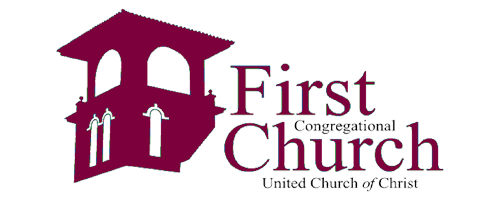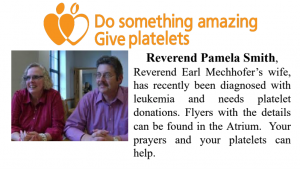In 1894, First Congregational Church called its first African American pastor, Dr. Henry Hugh Proctor, a graduate of Fisk University and Yale Divinity School. Dr. Proctor’s institutional ministry was launched to serve both the congregation’s needs and to assist less fortunate blacks in their own self-development. Six neighborhood missions and two prison missions were begun throughout the city. Other outreach programs included a public lending library, a kindergarten, classes in business education and domestic science, an employment bureau, industrial classes for the blind, a public water fountain, a home for working girls, and a gymnasium for public recreation. Many of the neighborhood missions continued until the 1920's, supported by the donations of First Church and other local businesses. Eventually funding from public social service organizations, such as the Community Chest and the United Way, became available.
The First Congregational Church of Atlanta came into existence as a “gathered church” on May 26, 1867. As one of the oldest African American Congregational churches in the United States, the early history of First Church is embedded in the history of the American Missionary Association (A.M.A.).
Founded on February 18, 1846, the A.M.A. was an ecumenical group of abolitionists, missionaries, and former students of Oberlin College. One faction of the A.M.A., led by New England churchmen had earlier come to the aid of African slaves aboard the slave ship, Amistad, and helped to secure their release in 1841.
Following the end of the Civil War in 1865, the A.M.A. sent missionary teachers and clergy to the war-ravaged South to help in the enormous task of educating the recently freed slaves. During the next ten years, over 500 schools for the freedmen were established. These schools included Hampton University in Hampton, VA, Atlanta University in Atlanta, GA, and Howard University in Washington, D.C. The A.M.A. founded six colleges during this period and has maintained a continuing relationship to this day with each of the schools through the United Church Board for Homeland Ministries. These schools include Dillard University in New Orleans, LA, Fisk University in Nashville, TN, Huston-Tillotson in Austin, TX, LeMoyne-Owen College in Memphis, TN, Talladega College in Talladega, AL, and Tougaloo College in Tougaloo, MS.
In Atlanta, the missionaries established the Storrs School, located on Houston Street (now John Wesley Dobbs Street) near Piedmont Avenue. The school became an important center for the freedmen’s community providing social services, educational classes, and religious training. The ex-slaves soon petitioned for a church of their own. In 1867, after being baptized and embracing the creed, they joined the white missionaries to constitute a Congregational Church of Christ.
The integrated congregation continued to worship in the Storrs School chapel until 1877. The A.M.A. then donated the land on the corner of Houston and Courtland Streets to the congregation and a new "little red church" was erected. However as racial tensions grew during the Reconstruction period, a second Congregational Church (now Central Congregational Church) was established in 1882. Gradually, over the next decade, First Congregational Church became nearly all black. Many young African American clergy, educated at various colleges of A.M.A. origin began to return to the South to assume leadership in their churches and communities.
In 1894, First Congregational Church called its first African American pastor, Dr. Henry Hugh Proctor, a graduate of Fisk University and Yale Divinity School. Dr. Proctor’s institutional ministry was launched to serve both the congregation’s needs and to assist less fortunate blacks in their own self-development. Six neighborhood missions and two prison missions were begun throughout the city. Other outreach programs included a public lending library, a kindergarten, classes in business education and domestic science, an employment bureau, industrial classes for the blind, a public water fountain, a home for working girls, and a gymnasium for public recreation. Many of the neighborhood missions continued until the 1920's, supported by the donations of First Church and other local businesses. Eventually funding from public social service organizations, such as the Community Chest and the United Way, became available.
One of Dr. Proctor’s lasting achievements was the construction of the present church building in 1908. The groundbreaking ceremony was a glorious event, marked by the attendance of Booker T. Washington as guest of honor. The American Missionary Association through two grant mortgages of approximately $17,000 provided a majority of the funding. The church structure is listed as a landmark on the National Register of Historic Places and is noted as a Georgia Historical site.
The Reverend John Clarence Wright was called as pastor in 1933. As a former college president and educator, Rev. Wright brought a stature and presence to First Church's pulpit that had been sorely missed since the days of Dr. Proctor. In 1942, a yearlong observance was conducted to celebrate the diamond jubilee (75th) anniversary of First Church's founding.
With the departure of Dr. Proctor and major social events such as the great migration of African Americans from the rural South to the urban North, the Great Depression, and the after effects of World War I, First Church's role as an institutional church was weakened.
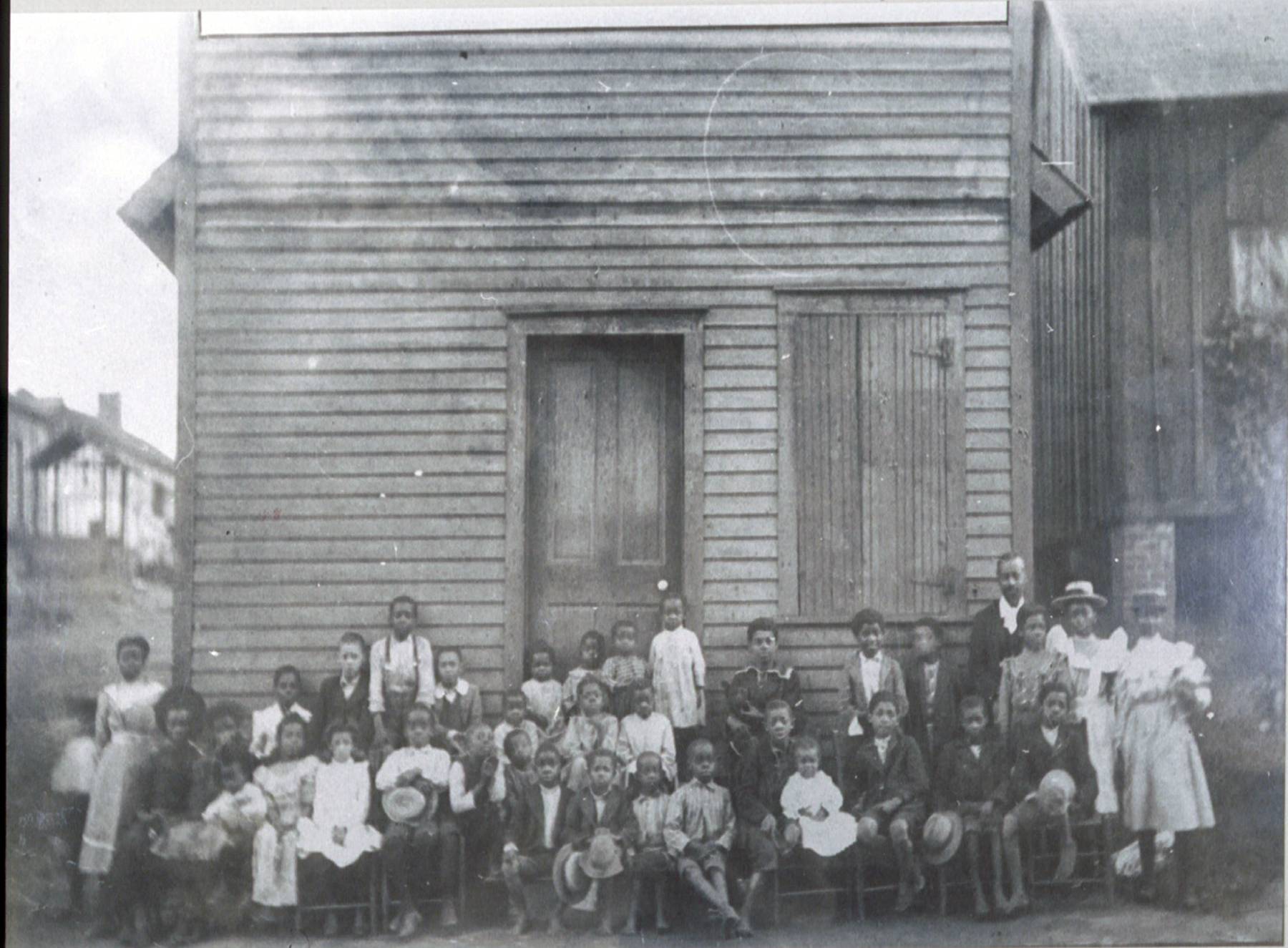
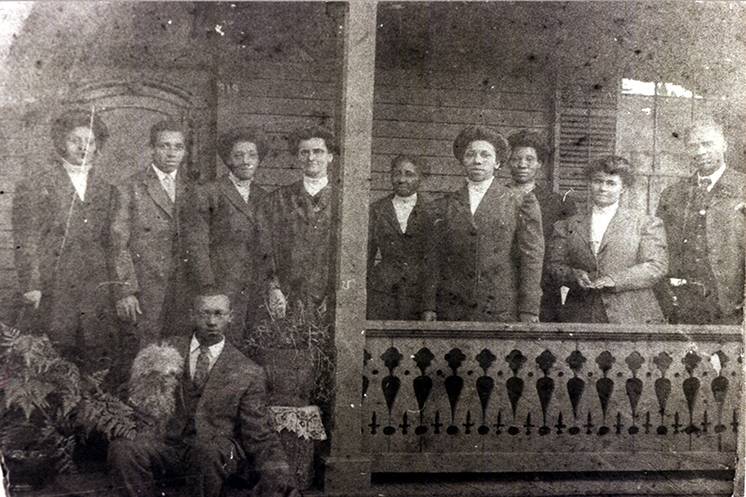
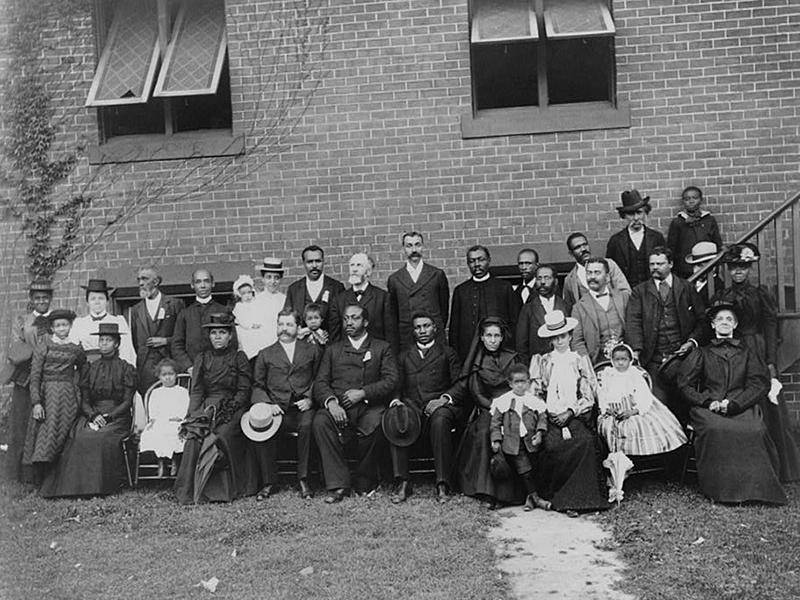
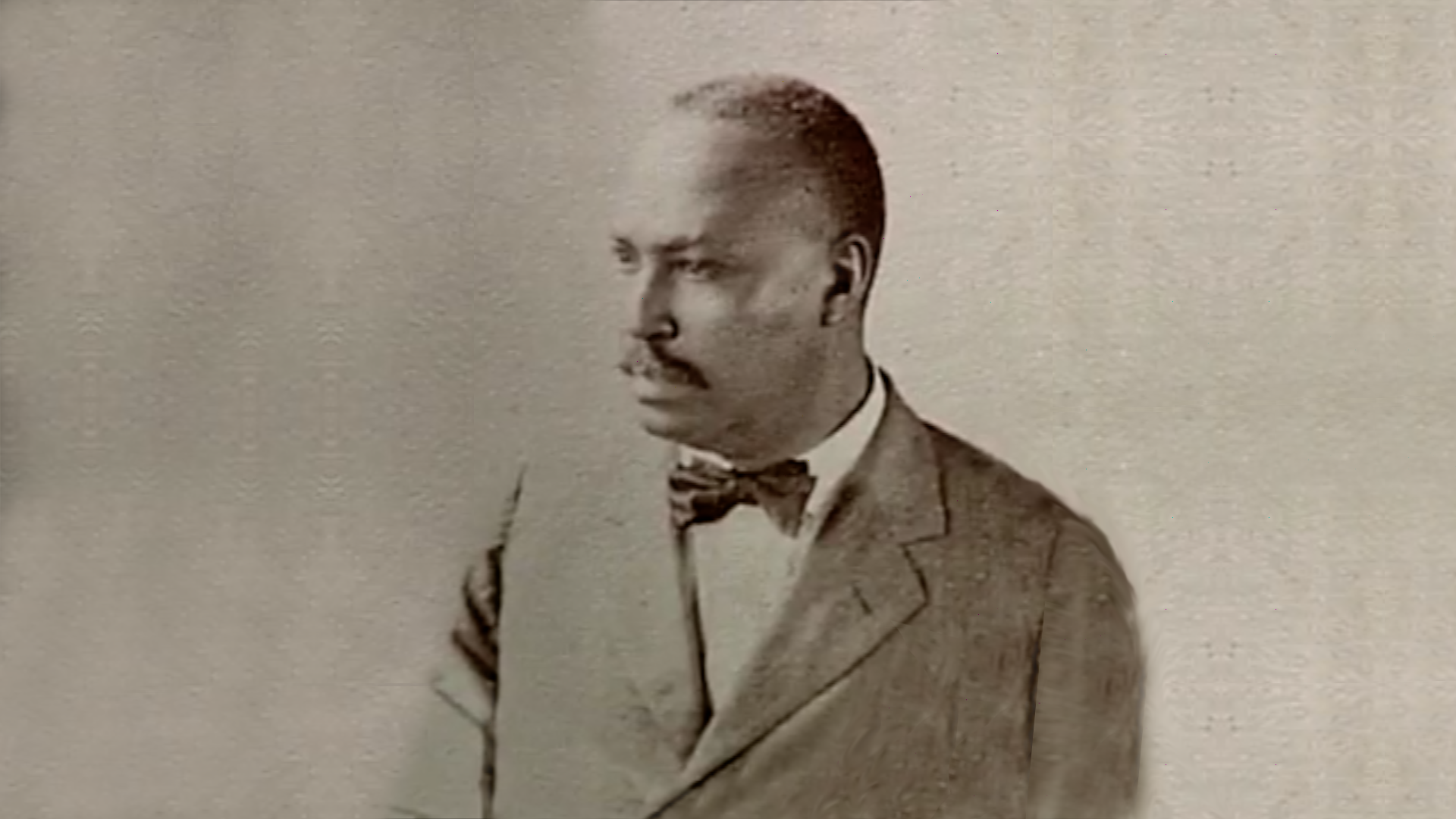
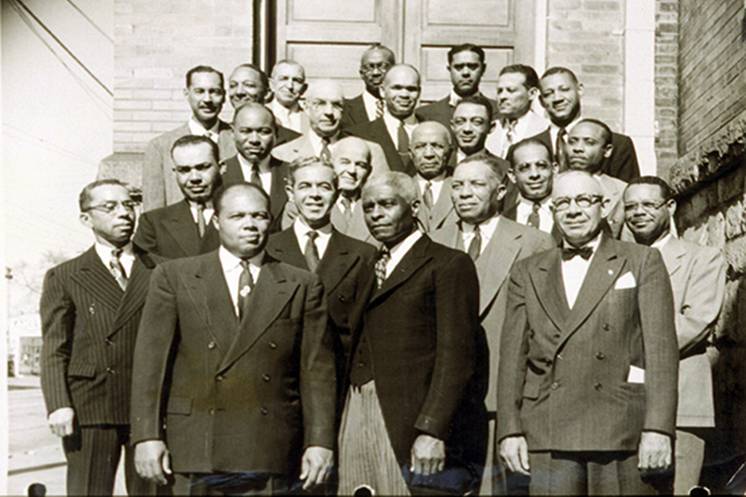
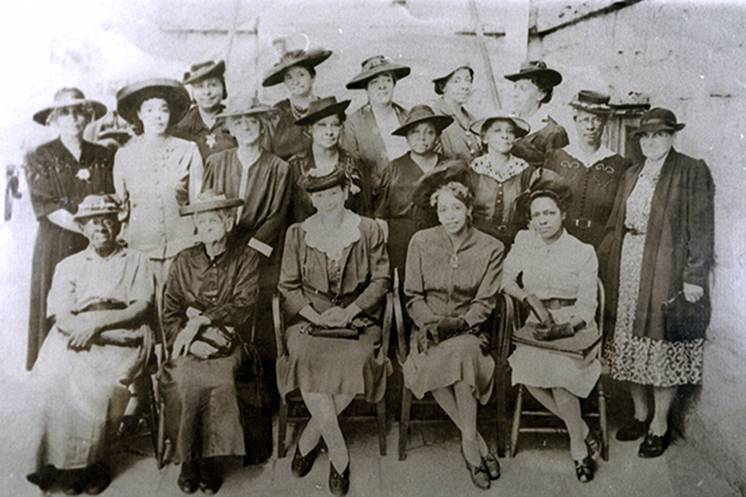
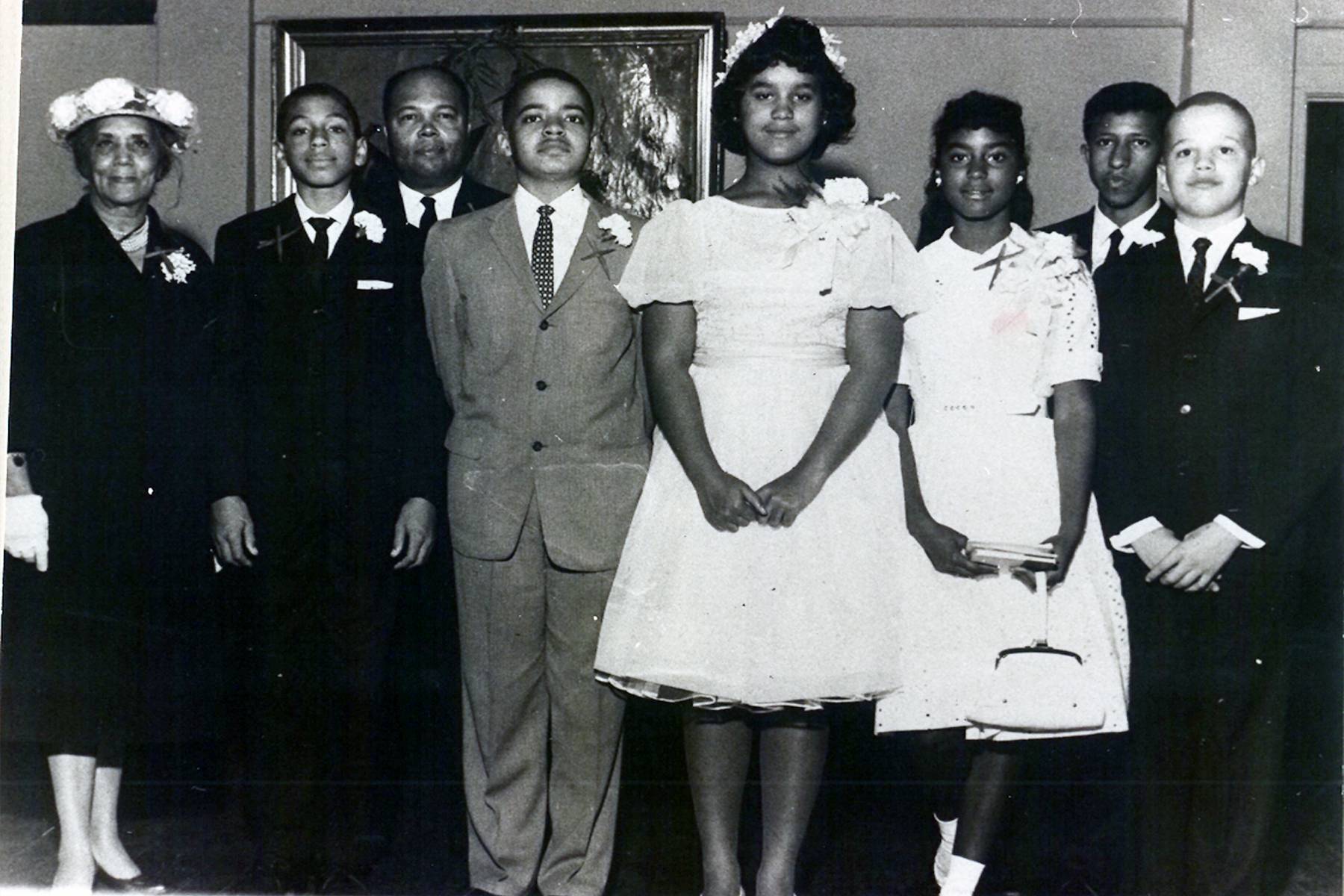
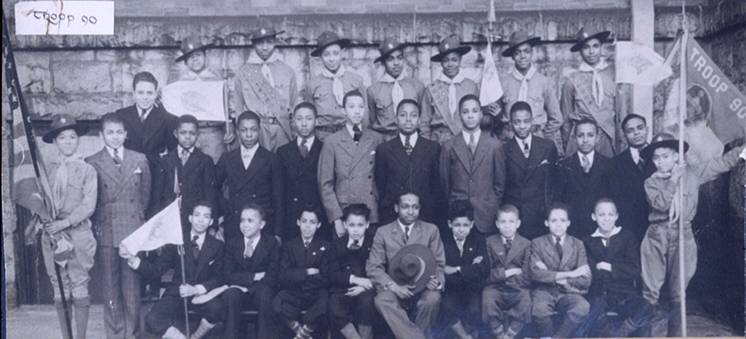
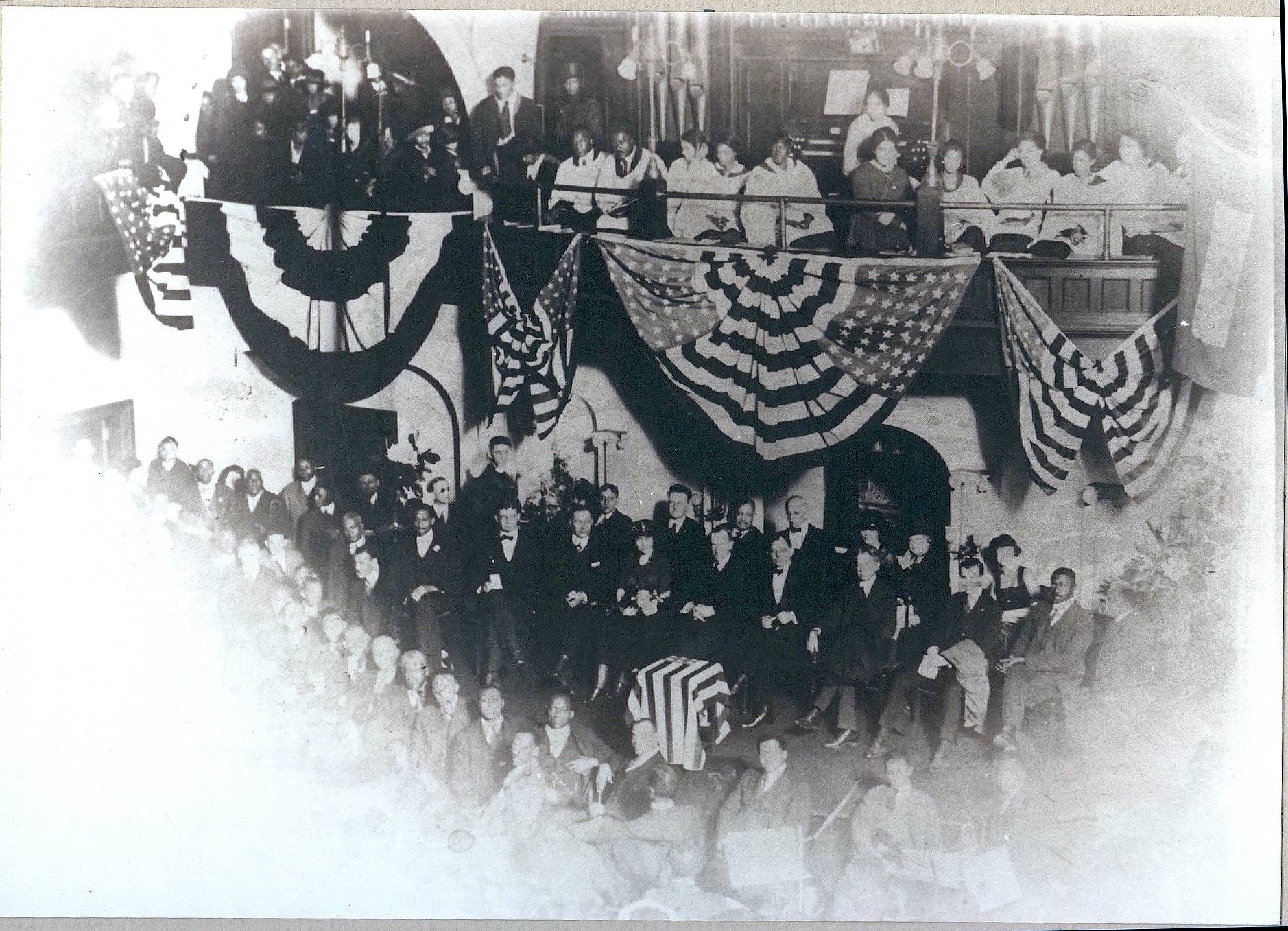
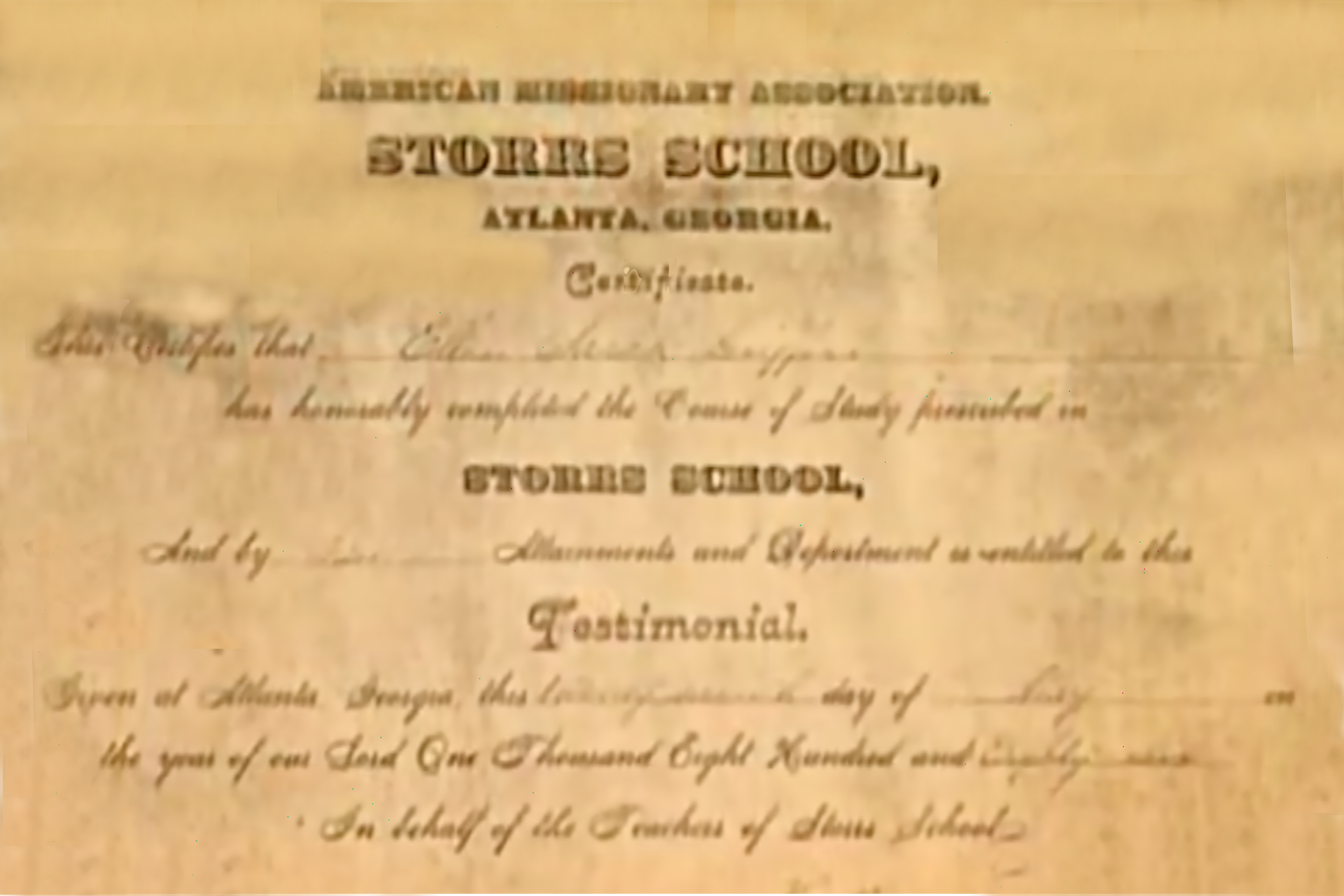
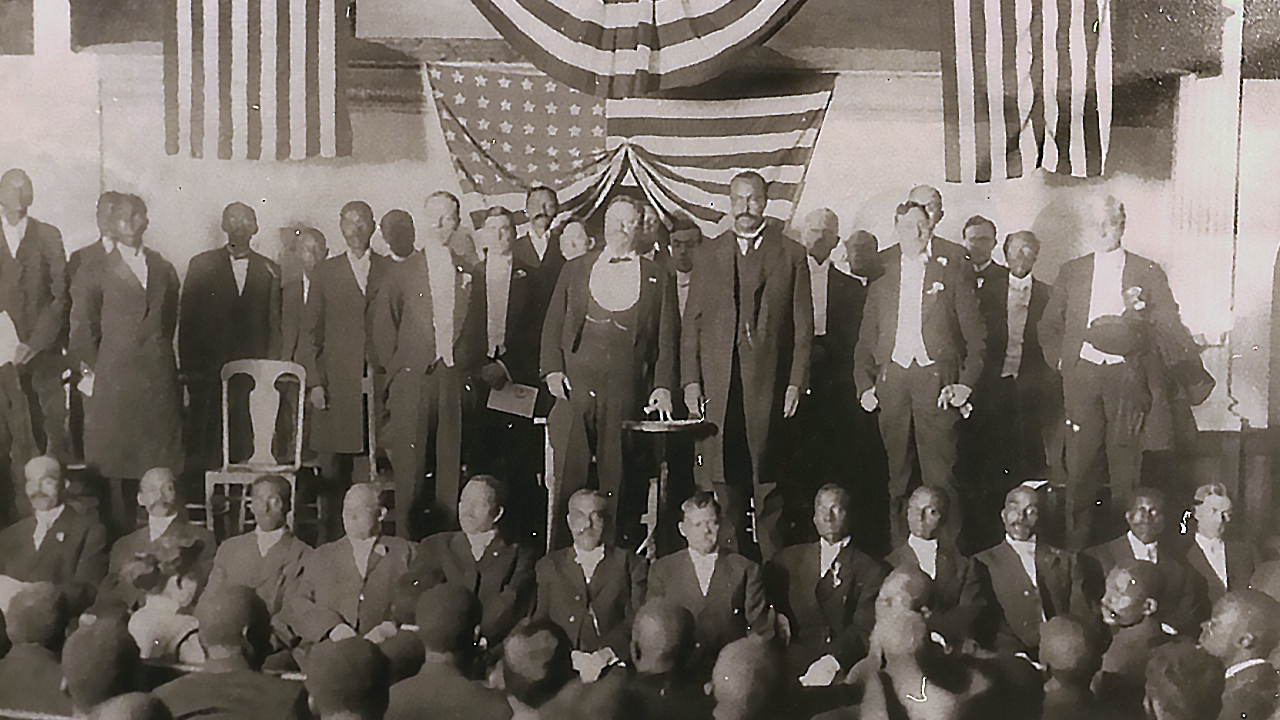
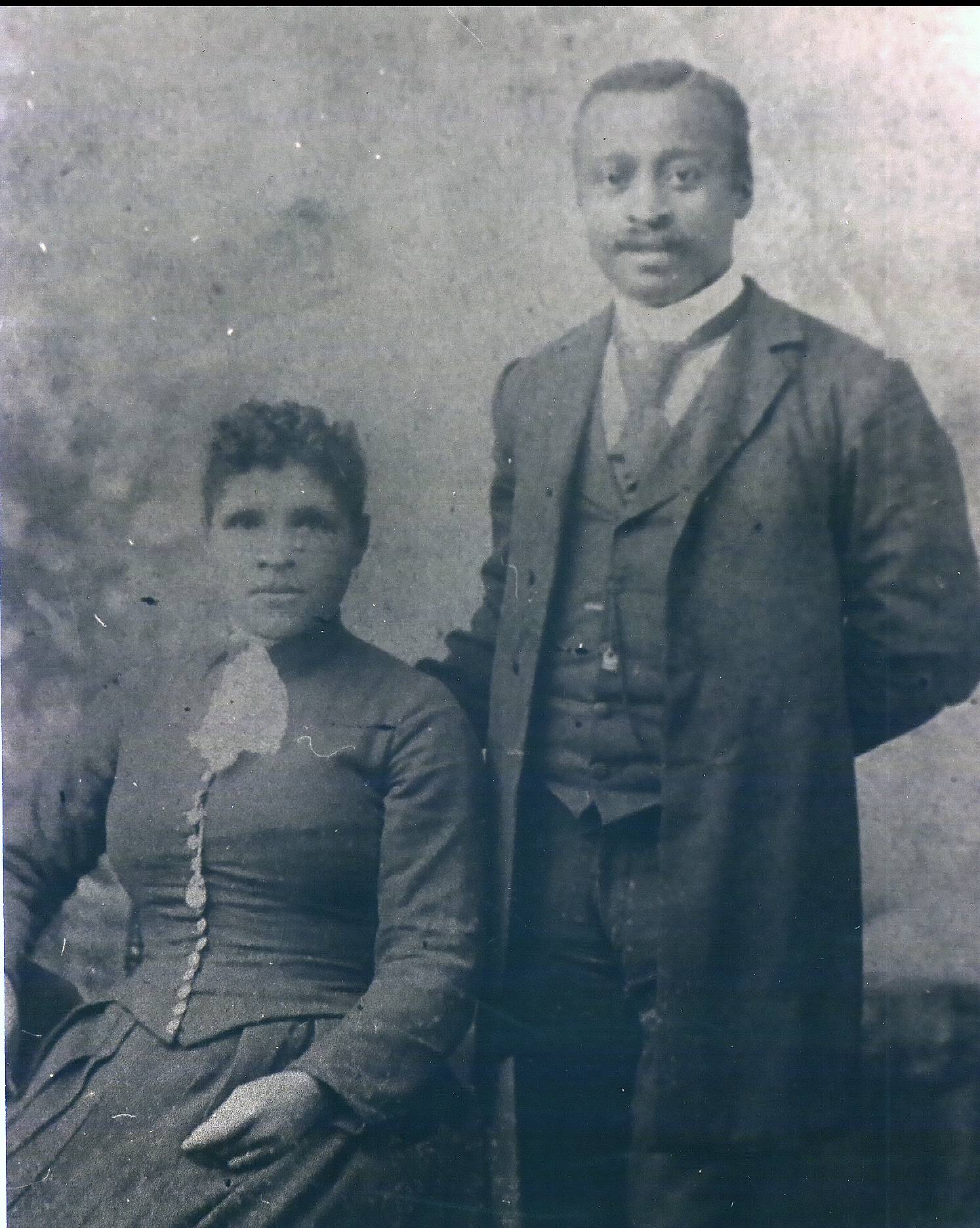
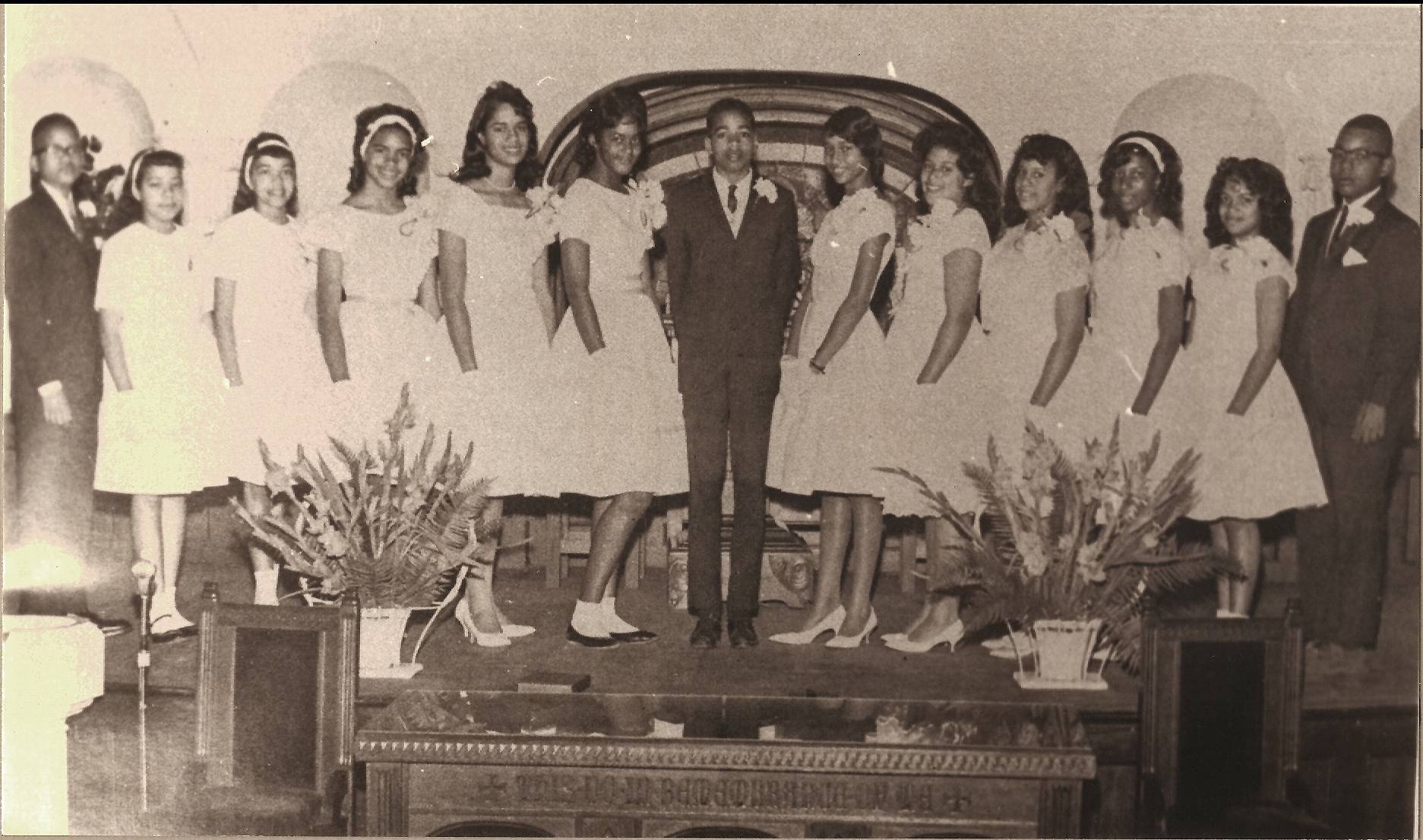
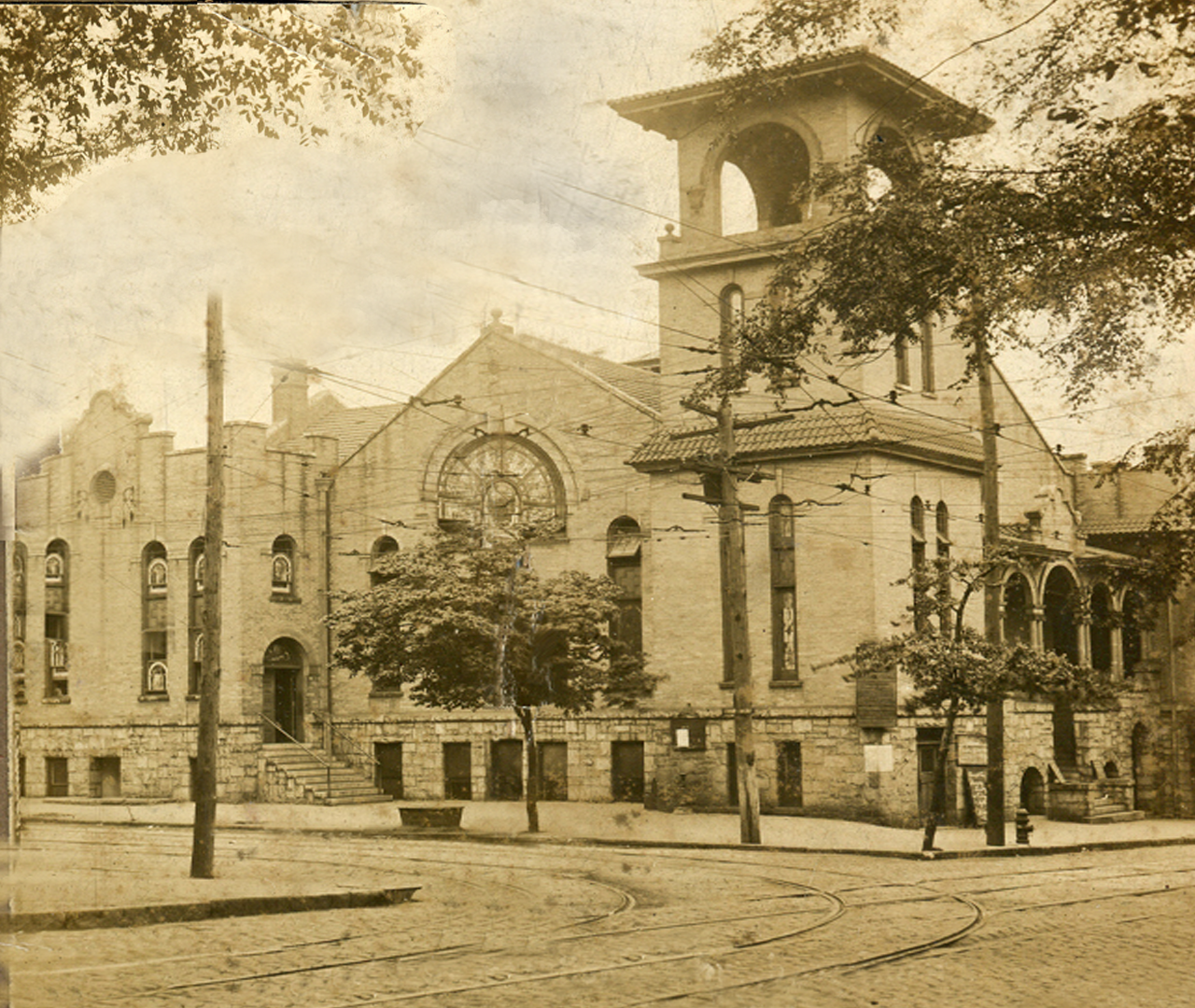
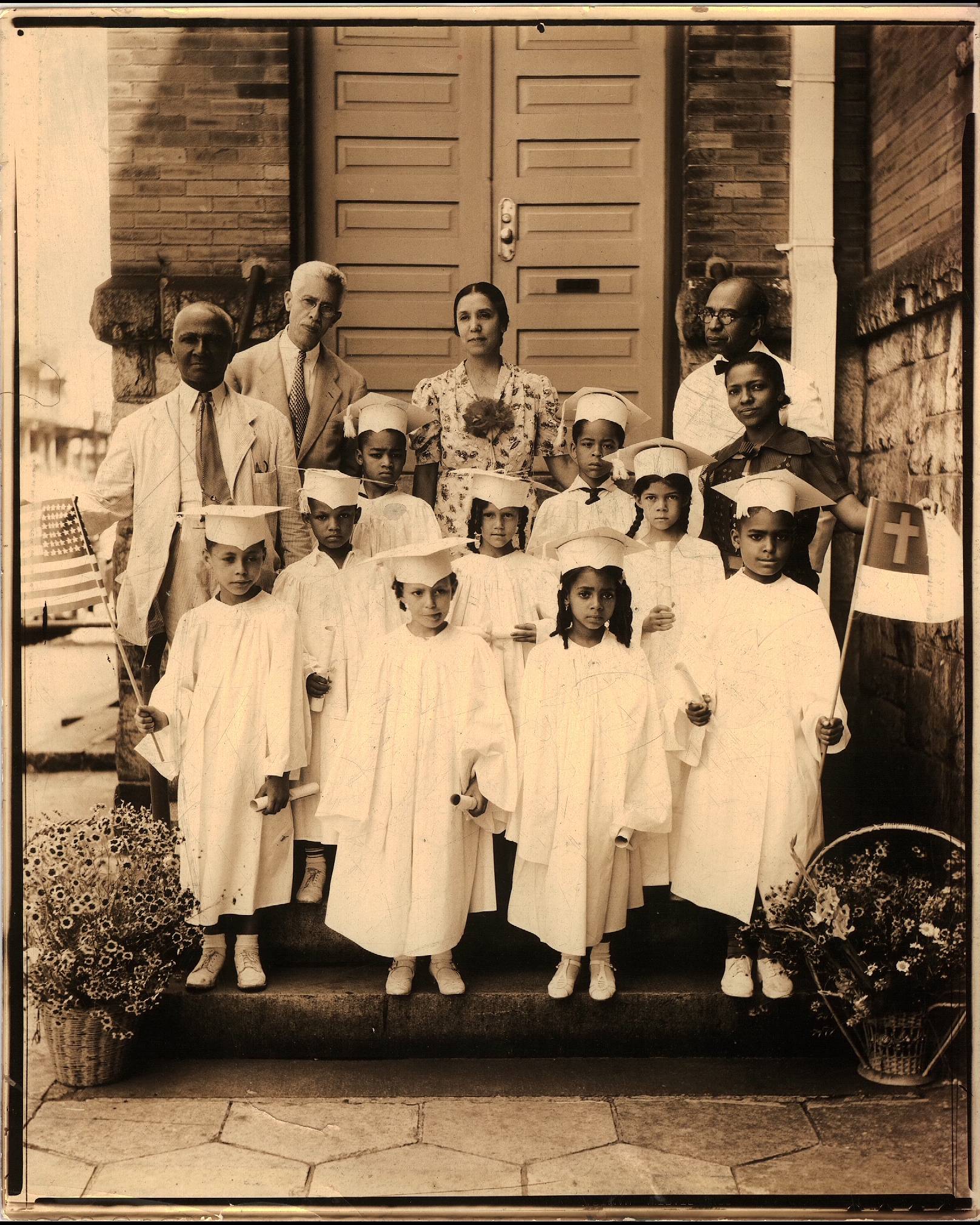

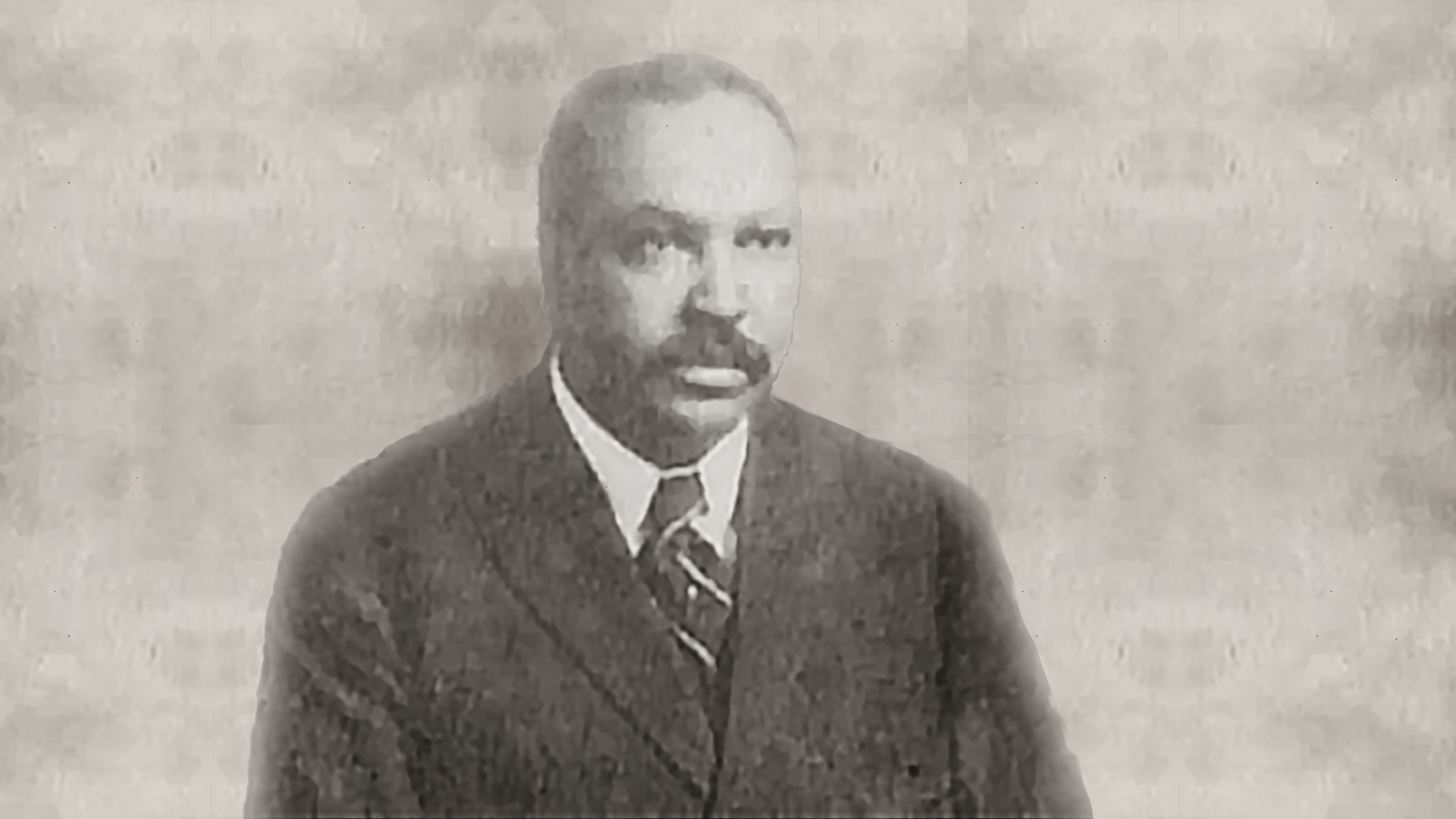
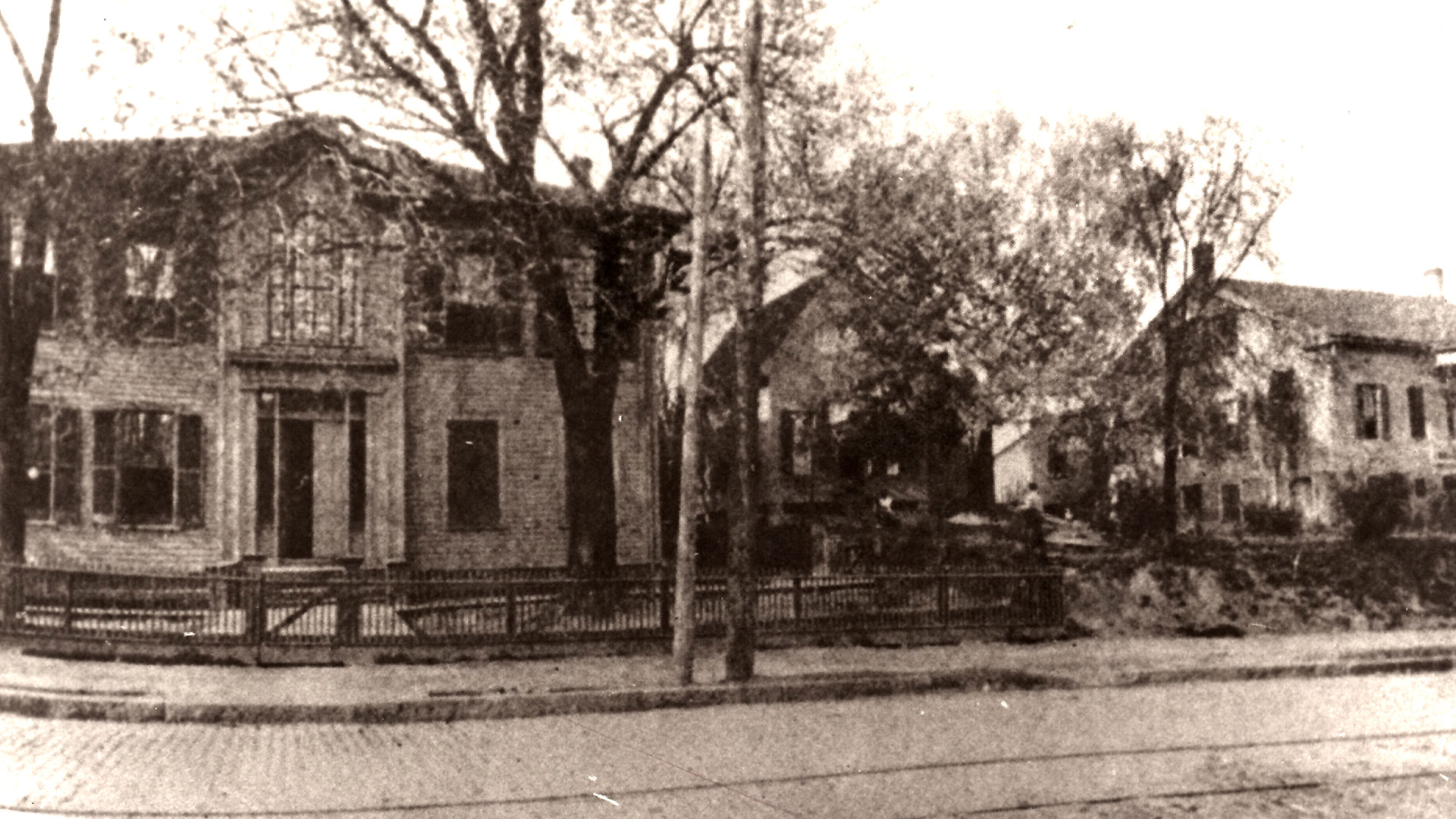

With the departure of Dr. Proctor and major social events such as the great migration of African Americans from the rural South to the urban North, the Great Depression, and the after effects of World War I, First Church's role as an institutional church was weakened. The congregation turned inward with its own survival at stake. Two ministers served the congregation from 1920 to 1932: Reverend Russell S. Brown who served for six years and who eventually became General Secretary of the A.M. E. Church; and Dr. William J. Faulkner who served for six years and then moved on to become the pastor of Park Manor Congregational Church in Chicago, Illinois.
One of Dr. Proctor’s lasting achievements was the construction of the present church building in 1908. The groundbreaking ceremony was a glorious event, marked by the attendance of Booker T. Washington as guest of honor. The American Missionary Association through two grant mortgages of approximately $17,000 provided a majority of the funding. The church structure is listed as a landmark on the National Register of Historic Places and is noted as a Georgia Historical site.
With the departure of Dr. Proctor and major social events such as the great migration of African Americans from the rural South to the urban North, the Great Depression, and the after effects of World War I, First Church's role as an institutional church was weakened. The congregation turned inward with its own survival at stake. Two ministers served the congregation from 1920 to 1932: Reverend Russell S. Brown who served for six years and who eventually became General Secretary of the A.M. E. Church; and Dr. William J. Faulkner who served for six years and then moved on to become the pastor of Park Manor Congregational Church in Chicago, Illinois.
The Reverend John Clarence Wright was called as pastor in 1933. As a former college president and educator, Rev. Wright brought a stature and presence to First Church's pulpit that had been sorely missed since the days of Dr. Proctor. In 1942, a yearlong observance was conducted to celebrate the diamond jubilee (75th) anniversary of First Church's founding.
In 1947, the church called to the pulpit the Reverend Dr. Homer C. McEwen, the first Congregational clergyman since Dr. Proctor. A graduate of Straight College (now Dillard University) and the Chicago Theological Seminary, Dr. McEwen brought a youthful dynamism to First Church. Upon his arrival, Dr. McEwen was confronted with a challenge that threatened the very existence of First Congregational Church of Atlanta. A group of white businessmen approached the congregation with a lucrative offer to purchase its downtown property. In exchange, the church would relocate to the present location of Oglethorpe Elementary School on Beckwith Street, and change the name of the church to "Proctor Memorial Congregational Church." A local white congregation would have assumed the name “First”. McEwen was successful in persuading the members of First Church to remain united and refused the offer to sell.
Dr. McEwen's ministry spanned a period of thirty-two years of growth. With continued significant financial assistance from the Herndon family, Mr. A. F. Herndon and his son, Mr. Norris B. Herndon, both members of the Church and presidents of Atlanta Life Insurance Company, the Church’s ministry to the community was strengthened and expanded. The Metropolitan Association for the Blind and the Carrie Steele Pitts Home were major beneficiaries. Land adjacent to the Church’s property on Houston Street was purchased; a new parsonage was constructed at 40 West Lake Avenue. The pipe organ was refurbished, and the sanctuary was air-conditioned. In order to add beauty to each Sunday service, Reverend McEwen purchased bouquets of flowers to be placed in the urns on the pulpit. This tradition of fresh flowers at each Sunday service has continued through the generosity of the Herndon Foundation, the Altar Guild, and contributions by members in honor of, or in memory of, their loved ones.
Following the retirement of Dr. McEwen in 1979, Dr. Marvin L. Morgan was called as Senior Minister. Under his leadership, a volunteer ministry program was organized, the Young Adult Fellowship was re-activated, the church constitution was revised, the first Fall Homecoming service was held, and the Renovation and Restoration fund was started (the Jacob’s Ladder Fund) to restore the historic church building.
The Reverend George Thomas was called as Senior Minister in August of 1986. Under his guidance, the congregation conducted two church-wide retreats to explore new missions and programs, held Brown Bag Wednesday Bible Study classes.
Encouraged the Tomorrow’s Leaders youth ministry, re-activated the Social Action Committee, and fostered their Saturday Youth Enrichment Program, involved lay liturgists and acolytes in the Sunday Worship service, started a second choir--the First Church Chorale, expanded the ministerial support team to seven clergy, conducted a two-year study of Church structure and constitution to revive the Church Council for coordinating program development, restructured the spiritual leaders from Deacons and Deaconesses into the Diaconate, instituted the celebration of birthdays and anniversaries on the first Sunday of each month, instituted the Altar Call, organized the 55-Plus Group and sponsored a spiritual enrichment group to explore ways the Church could experience deeper spiritual growth.
A lasting contribution of the Thomas ministry was the raising of nearly $600,000 toward the Jacob's Ladder Fund. The first phase of the building renovation program--the Herndon Tower--was completed and dedicated in June of 1991. In December 1992, Reverend Thomas accepted a call as the Interim Senior Minister of Park Manor Congregational Church in Chicago, Illinois. However, before his tenure ended, the Church called an Associate Pastor, the Reverend Dr. Dwight Andrews. He assisted in all church programs and significantly expanded the Tomorrow’s Leaders Youth Ministry. Andrews also developed and directed a popular innovation, the Jazz Vespers program. He resigned as Associate Minister in 1995.
The Reverend Dr. Norman Rates, a member of the congregation and Professor of Religion at Spelman College, was called as Interim Senior Minister to serve during the search for a new Senior Minister. During his interim ministry the church joined with St. Luke’s Episcopal Church in building its first Habitat for Humanity home.
The Reverend Dr. Susan D. Newman was called as Senior Pastor during the spring of 1994. During her tenure at First Church, she cultivated new opportunities for religious and community involvement, including the building of another Habitat home and the adoption of the Walden Middle School. Rev. Newman was also instrumental in the formation of a number of new church organizations, including Today’s Leaders and the Men’s and Women’s Fellowships. Rev. Newman resigned in May 1996.
On November 3, 1996, First Church voted to accept a proposal for team ministry that was prepared by the Diaconate and clergy in the congregation. The proposal called for a team of ministers to assume the responsibilities and duties of Senior Minister, as outlined in the Constitution for a period of two years, this period was known as the Period of Renewal. The team was lead by the Reverends Dwight Andrews (Senior Minister), Elizabeth Clement (Minister for Church Life and Education), and Andrew Young (Minister for Church Renewal). Other members of the team included Reverends Virginia Ferrell, Robert Johnson, John Pearson, and Norman Rates. The Period of Renewal along with the term of the Ministerial Team was extended to June of 1999.
On July 19, 1999, the Reverend Dwight D. Andrews was called as Senior Minister of First Congregational Church. Dr. Andrews, like his predecessor Dr. Proctor a century before, is a graduate of the Yale Divinity School and an active advocate for ministries devoted to the whole person--- mind, body and soul. He, like Reverends Rates, McEwen, and Wright to name a few, is an educator and scholar and was installed as Senior Minister of First Congregational Church on Sunday, November 21, 1999.
Under Dr. Andrews' leadership, the membership has grown significantly and the foundation for the Church’s next century of service has been carefully laid. Two not-for-profit organizations were created to fulfill the Church’s ever-expanding outreach efforts and its aspiration to create a downtown campus with facilities to support its broad-based, Christ-centered ministry. First Church Community Development Corporation and First Historic Preservation, Inc. are partners and extensions of First Church’s ministry. First CDC, for example with the help of First Church, acquired the Ellis Street Fire Station and implemented an emergency night shelter for women and children. For three years over 100 hundred women and children were housed there each night.
The Agape Homeless Ministry was in operation for over six years. It provided over 34,000 meals for the less fortunate. To accommodate the increased growth in programs, the Church undertook an ambitious building and restoration initiative. The RISE Capital Campaign raised over one million dollars for the restoration and expansion of the historic church building. The New Legacy Campaign helped to see the renovation to completion. The New Century Capital Campaign seeks to retire the debt of the Building and Renovation effort.
In addition, Community Forums have been held with participants of national reputation, and quality music and worship programs of diverse styles and traditions have become a hallmark at First Congregational Church. Longtime member Ambassador Andrew Young has been appointed Pastor of Global Mission, preaches regularly, and provides leadership on a variety of fronts. First Church has been well served by more than a century of distinguished and gifted pastors. Dr. Andrews is committed to build upon the foundation laid by his predecessors and is grateful to be a part this fine legacy of pastoral leadership of First Church.
